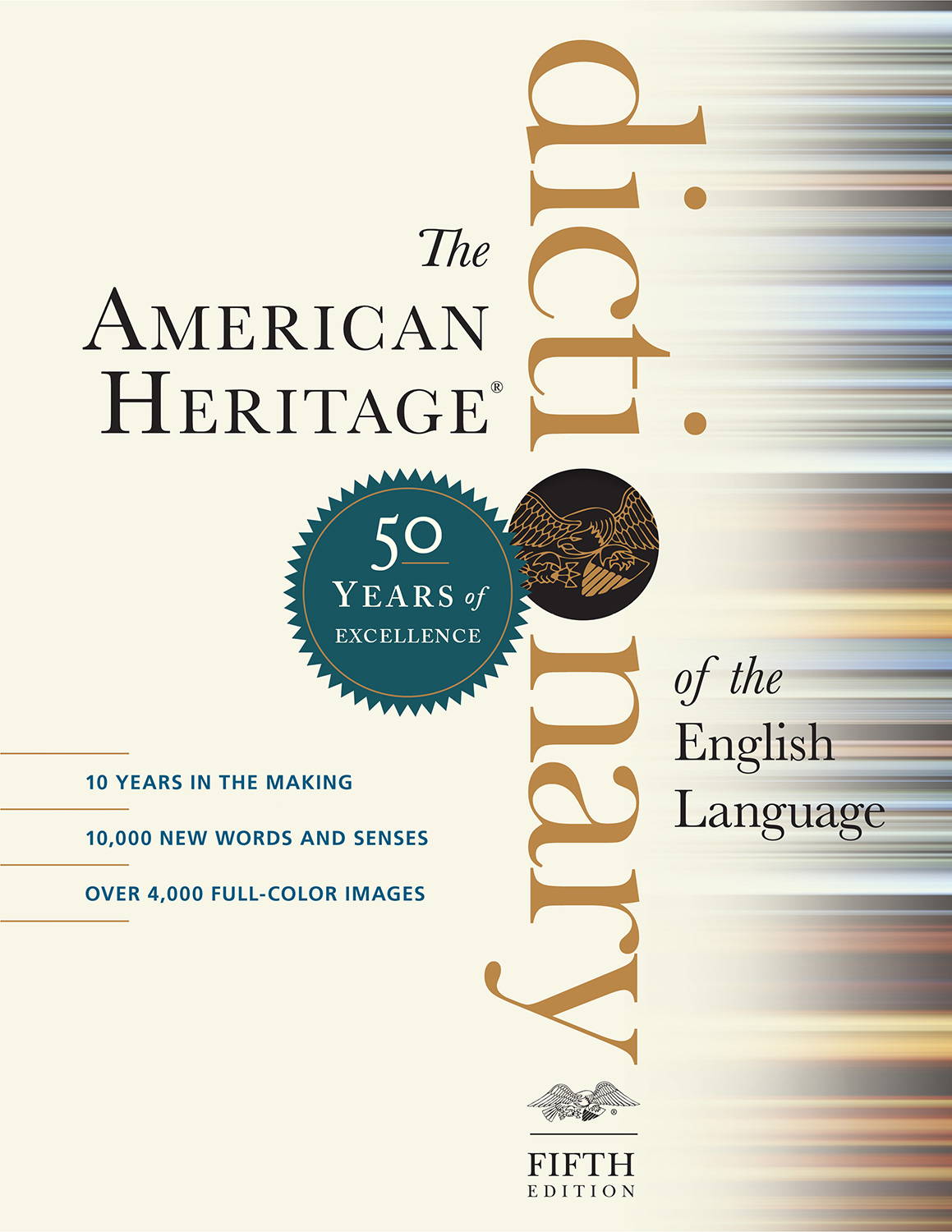ear 1  (îr) (îr)
Share:
Tweet n. Idioms: 1. Anatomy a. The vertebrate organ of hearing, responsible for maintaining equilibrium as well as sensing sound and divided in mammals into the external ear, the middle ear, and the inner ear. b. The part of this organ that is externally visible. 2. An invertebrate organ analogous to the mammalian ear. 3. The sense of hearing:a sound that grates on the ear. 4. Sensitivity or receptiveness to sound, especially: a. Sharpness or refinement of hearing:a singer with a good ear for harmony. b. The ability to play a passage of music solely from hearing it:plays the piano by ear. c. Responsiveness to the sounds or forms of spoken language:a writer with a good ear for dialogue; has an ear for foreign languages. 5. Sympathetic or favorable attention:"[The president] wavers between the two positions, depending on who last had his ear"(Joseph C. Harsch). 6. Something resembling the external ear in position or shape, especially: a. A flexible tuft of feathers located above the eyes of certain birds, such as owls, that functions in visual communication but not in hearing.Also called ear tuft. b. A projecting handle, as on a vase or pitcher. 7. A small box in the upper corner of the page in a newspaper or periodical that contains a printed notice, such as promotional material or weather information. 8. earsInformal Headphones. all ears Acutely attentive:Tell your story—we're all ears! coming out of (one's) ears In more than adequate amounts; overabundant. give/lendan ear To pay close attention; listen attentively. have/keepan ear to the ground To be on the watch for new trends or information. in one ear and out the other Without any influence or effect; unheeded:His mind was made up, so my arguments went in one ear and out the other. onits/someone'sear In a state of amazement, excitement, or uproar:a controversial movie that set the film industry on its ear. up to (one's) ears Deeply involved or occupied fully:I'm up to my ears in work. [Middle Englishere, fromOld Englisheare; see ous- in the Appendix of Indo-European roots.] earlessadj.  (click for a larger image) ear1top: a human ear A. auricle B. semicircular canals C. cochlea D. cochlear nerve E. Eustachian tube F. eardrum G. ear canal bottom: on a pitcher  (click for a larger image) ear1 |
The American Heritage® Dictionary of the English Language, Fifth Edition copyright ©2022 by HarperCollins Publishers. All rights reserved.
n. The seed-bearing spike of a cereal plant, such as corn. intr.v. eared, ear·ing, ears To form or grow ears. |
The American Heritage® Dictionary of the English Language, Fifth Edition copyright ©2022 by HarperCollins Publishers. All rights reserved.






